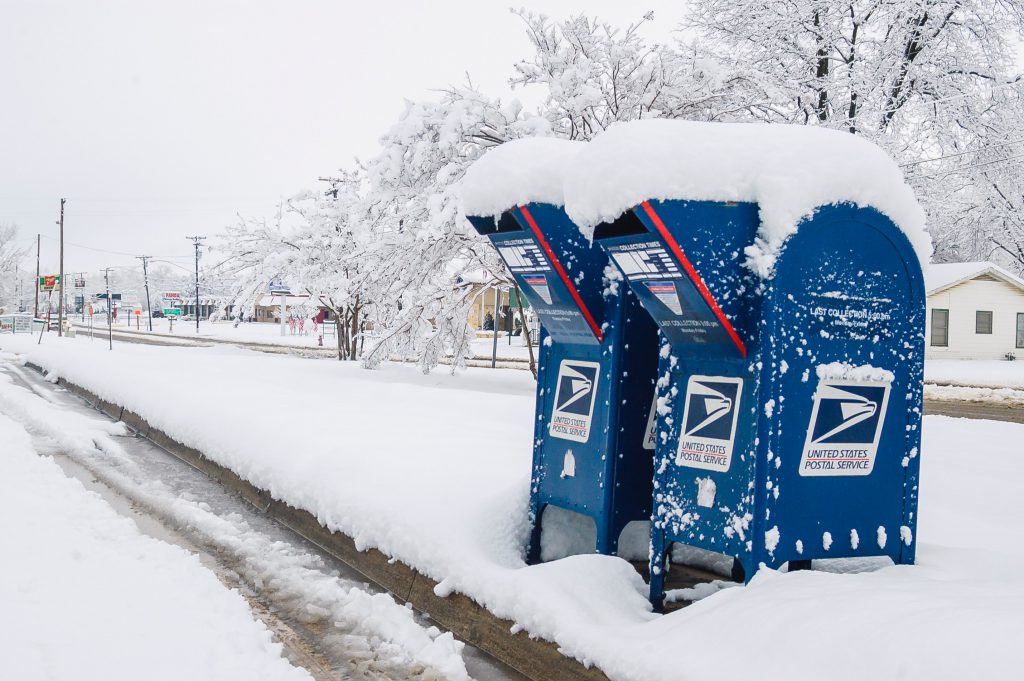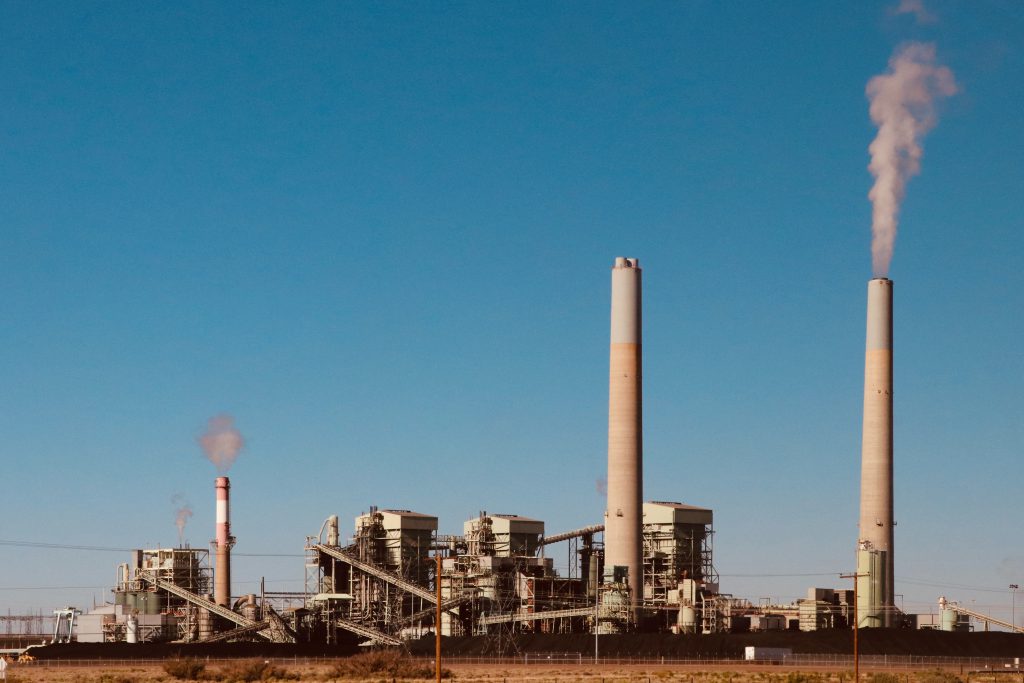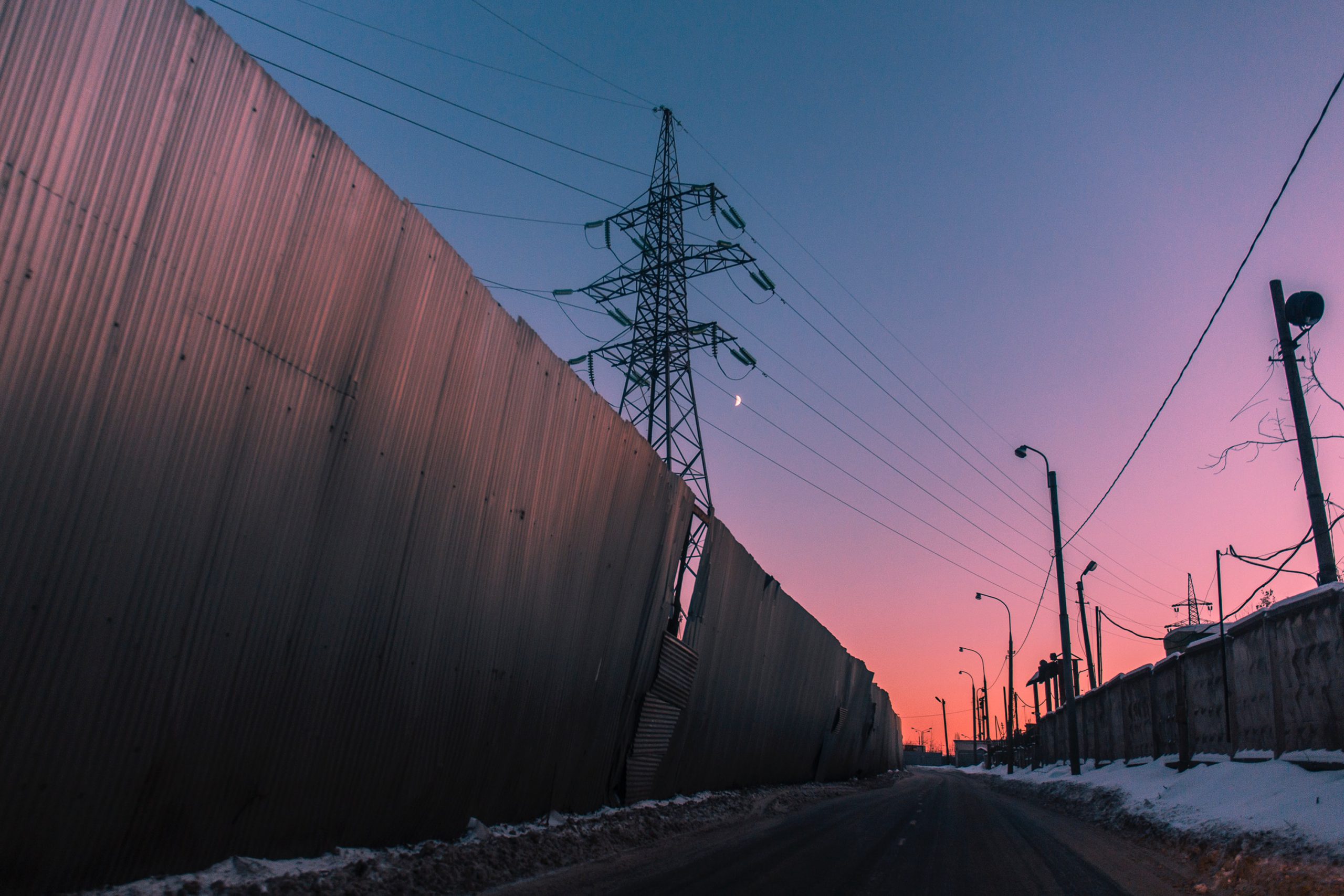It’s been a few weeks since power outages devastated Texas, but a lot of questions remain. Here’s why it happened — and how to prevent it from reoccurring.
After a devastating polar vortex sent temperatures in Texas plummeting, the state’s energy grid was severely overwhelmed by the mass amount of heating demand. Despite producing more energy than any other state in the U.S, Texas’s power grid soon failed under the added pressure, leading to the implementation of rolling blackouts to prevent a full, state-wide blackout.
The following days left millions of Texans without power and resulted in at least 32 deaths. But before we go further, when did this begin?
Throughout the first four days of February, Texas, along with other midwestern states, was subject to an extreme polar vortex, tanking their typically warm temperatures as low as -23 degrees Fahrenheit. This unexpected cold front left many reaching for their thermostats, yet the sheer amount of power needed to meet the above-average demand was too much for the state’s power grid to handle. With power generators unable to keep up with usage, state-wide blackouts ensued, leaving millions without power or heat throughout the period of subzero temperatures.
As of Wednesday, Feb. 24th, 40 percent (46 gigawatts) of Texas’s power generation was inoperable. Why did Texas’s grid fall behind when other states could keep up? Let’s start with the basics.

Table of Contents
Texas’s Free-Market Energy Grid
To understand the problems Texas faced, we must look back to 1999, under the supervision of Governor George W. Bush. With both the state’s legislature and citizens seeking to be self-sufficient rather than rely on the federal government, the state decided to break off from the nationwide power grids and form an independent grid that solely supplied and served Texans.
Instead of being managed and fueled by the state, this grid was handed over to private companies to give citizens cheaper energy prices by creating competition between companies. Seeing as the state is the leader in energy generation throughout the U.S., this format originally worked for Texas. At the turn of the century, natural gas was abundant and cheap.
To oversee this experimental system and regulate the energy market within the state, the Electric Reliability Council of Texas (ERCOT) was formed. However, ERCOT fell short of its expectations due to its lack of regulatory power; its only real ability was to recommend actions, not demand them. While this system was effective for the state for over a decade, this recent patch of extreme weather-exposed major flaws.
When Texas Froze, So Did the Free-Market
Through the free-market energy system seen in Texas, energy prices have become a back and forth as companies work to undercut one another and gain more customers. As many energy companies experienced reductions in annual profits, winterizing their systems was rarely a top priority.
Despite an outspoken need to winterize their systems in 2011 after a similar winter storm, energy companies ignored such requests, as the state and ERCOT’s regulatory powers fell short of requiring companies to do so. ERCOT’s lack of regulation and power gave companies the ability to regulate themselves. Instead of answering to a state’s guidelines, companies could make their own with their competitors, setting their own bar for what they deemed to be safe and efficient.
Due to over a decade of insufficient regulations, Texas’ energy infrastructure was not prepared to handle the subzero cold front. Natural gas pipes froze, coal generators shut down, wind turbines iced over, nuclear plants shut down, all forms of energy became severely impacted and inoperable for days, leading to the state-wide emergency being declared over energy blackouts. As state and company leaders bicker throughout social media and news broadcasts about who to blame, no real consensus could be made between the multiple sides. But the question still remains; who is to blame?

Who or What was at Fault?
News articles, government officials, and company leaders have blamed everything from renewable energy to state management. But which factors really contributed to the energy grid crash?
The winter months throughout Texas are typically warm (especially from the perspective of this northeasterner who deals with below-freezing temperatures every other week!). Since average temperatures in Texas typically fluctuate in and around 50 degrees throughout February, many companies take these late winter months to perform maintenance on their systems in preparation for the mass amounts of energy demand to cool homes and businesses throughout the scorching summer heat.
Due to this process, many generators are often taken offline at certain times every year, meaning energy is no longer being produced by and transmitted from these sources. However, this year’s polar vortex was not a common occurrence, leaving energy companies scrambling (or completely unable) to get their generators fueled and back online quickly enough to stop any blackouts from occurring.
Despite ERCOT’s request that all generators be put back online, companies ignored ERCOT and instead decided to wait until they could receive enough natural gas to put generators fully online. With these extreme weather events becoming increasingly common, it is likely that this will not be the last of these storms to hit Texas within the next decade. With their requests ignored, what could ERCOT have even done to help?
At the beginning of each winter, ERCOT estimates how much power it believes will be needed in both regular and extreme conditions. In its 2020-2021 winter reports, ERCOT estimated that Texans would use 67 gigawatts (GW) of energy and that 14 GW of energy outages would be the extent of the winter’s blackouts. ERCOT’s help, however, stops there, as their regulatory powers fall short of assisting in any other way. What ERCOT could’ve done is simply predicted correctly and had backup generators ready to be turned on.
During the four-day polar vortex, 76 GW of power use was reported, with 46 GW of outages. These numbers were clearly far beyond expectation, leaving the state and energy companies unprepared to deal with such large-scale outages.
Many fossil fuel companies and supporters throughout Texas blamed renewable energy, however, addressing the facts shows us that renewable energy had almost nothing to do with the blackout.
Wind turbines in the state on average made up just 7 GW of the average 55 GWs of power used throughout the winter months. Despite half of them freezing, wind turbines still managed to produce 5.4 GW of power, exceeding ERCOT’s expectations by 1.5 GW. The remaining 44.4 GW of outages fell into the realm of “thermal generation,” which encompasses natural gas, oil, and other fossil fuels.
Despite the bickering and blaming throughout every party involved, the blackouts were a result of a combination of obstacles: Texas’s history of free-market support, ERCOT’s inability to regulate companies, the desire for independence, and archaic company policy which threw Texas to its knees. Regardless of where officials wish to assert blame, the reality is that Texans were hurt, and are continuing to hurt even weeks after the incident.
A State Far From Healing
Throughout the nightmarish days at the start of February, 4 million Texans were left without power or heat. Many had to flee to shelters or others’ homes for safety.
At least 32 individuals lost their lives to the catastrophic event, and — as of the 24th — 17 of those were confirmed to be caused by hypothermia. The same day, 7.5 million Texans (down from 14.6 million) still had to boil drinking water to ensure its safety. Even as the state reels from its loss, families, and homes are now being sent electricity bills in the thousands of dollars, all of which have no company or federal assistance to help pay off the debt many households now have.
With power only having been restored to the entire state recently, Texans have had to go through an event they never would have expected. With these “once-in-a-lifetime” events now becoming closer to “once a year,” ERCOT and Texas as a whole will need to change how they regulate their energy systems and prepare to continue to operate their free-market system in a completely new winter climate.
Like learning about community solar?
Join our monthly newsletter to hear about more renewable energy news and bold climate challenges.




